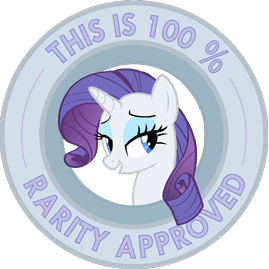In 1977, the D&D Basic Set and the AD&D Core Rules introduced Good and Evil as a second alignment axis. By 1981, D&D Basic would go back to single axis alignment, but AD&D would stick with two axis alignment until 2008. This would be the alignment system that would permeate into the broader popular culture.
Law and Chaos were pretty straightforward, everyone was familiar with the distinction between order and disorder, organization and entropy, law and anarchy. Good and Evil, though, would prove problematic almost immediately out of the gate. Single societies throughout history couldn’t agree on the true nature of good and evil, let alone the broad global consensus that SHOULD result from good and evil being cosmic forces, as hard-coded into the universe as entropy, gravity, or mass.
Poison was evil – which made every South American society that used tree frog poison on their darts evil.
Slavery was evil – which made every bronze age society in existence evil.
Good got short shrift – in most campaigns, “good” was the absence of evil acts. Paladins who tried to be actively good would face censure from parties for “being dicks” and “having sticks up their asses”. It was hard to reconcile the default “murder hobo” style of play most games saw with the Judeo-Christian morality that was the default morality most players were familiar with.
Tying the outer planes – the afterlives – to this alignment system, cemented the idea that there was an external, cosmic “good” and “evil” that existed above and apart from any society’s viewpoint, and planted the seeds for alignment being seen as a straitjacket.

You must be logged in to post a comment.